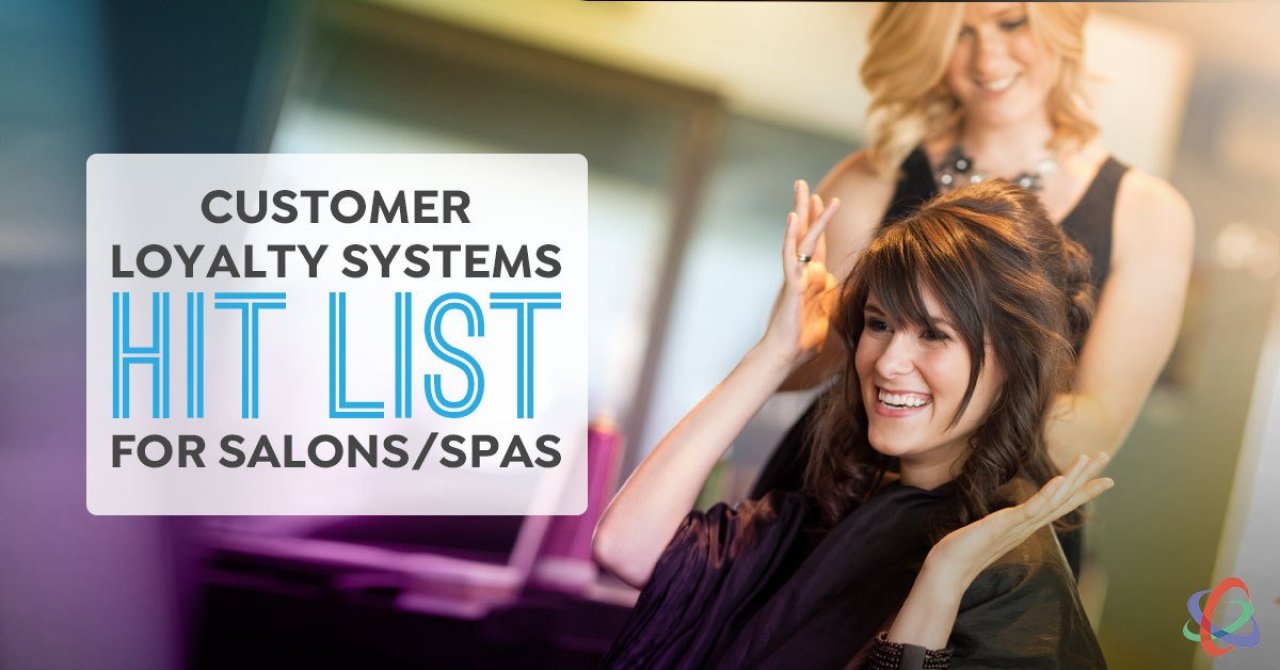Customer Loyalty Systems Hit List for Salons & Spas

If you want consistency in customer service, satisfaction and retention, you must use systems.
A football coach has his playbook — a collection of systems designed to produce specific results.
What does your company’s playbook look like?
Customers are on the receiving end of your systems. If those systems are designed well and your team follows those systems with discipline and resolve, you have the best chance of achieving consistent and predictable results.
If you’re lacking systems, or they’re poorly designed and not followed, your customers are on the receiving end of compromise.
Your company phone won’t be answered correctly. Customers will be on hold too long. Problems will take longer to resolve. Retention will suffer.
Simple or complex, systems just make work move more smoothly.
I recently stopped at a diner for breakfast. It was one of those busy local spots with lots of character. The waitress would come by and pour some decaf for my client and some high-test for me.
She had a lot of tables to handle and I began to wonder how she could remember who had decaf or regular. I decided to ask. “It’s simple,” she said, “the decaf cups have two red rings around the top and the cups for regular have one black ring.”
Duh.
What a simple and efficient system!
Here’s my No-Compromise Leadership systems hit list to implement systems that drive customer loyalty:
- Go critical: Begin identifying the critical areas in your business that have the greatest impact, positive and negative, on customer loyalty. Prioritize this list and assign teams to design, test and implement the new systems.
- Set time standards for all points of contact with customers: This includes answering calls within three rings, greeting and acknowledging customers with 30 seconds, never leaving a customer on hold for more than two minutes, etc.
- Connect the dots: Tie your critical number for customer loyalty, specifically your first-time retention rate, as one of the qualifiers for a bonus payout. is sends a clear message to employees that if the company can’t maintain satisfactory retention rates, it can’t afford to pay bonus. We have a customer who bases 50 percent of the bonus payout on his salon/spa’s ability to maintain a first-time retention rate of 50 percent or better. He’s been working this for over a year and his first-time retention has never dropped below 54 percent.
- Collect key data: Are you collecting data on customer preferences, service history, birth date, their favorite sport or any other data that can help your company personalize and customize each customer’s buying experience? What are your systems for collecting this data and getting it into a central database for sales and customer service representatives to access?
- Dealing with customer problems: What’s your system to ensure that problems, even the smallest concerns, are documented and reported so follow-up actions can be initiated? What’s the paper or document trail? Who follows up with the customer? When?
- Identifying and filling customer needs: Is there a system for your service or customer service staff to follow to design the best solutions? The last thing you want in your salon/spa is an employee just going through the motions like an order taker. Taking an order is ordinary. Customizing each customer’s service experience is extraordinary.
- Systems accountability and execution is a team sport: Yes, accountability begins with the leader, but every employee must buy into the systems that drive your salon/spa, create consistency and service excellence.
Here’s my challenge to you: Systems give your business predictability. A system says, “Do this, and then that, and it will produce this outcome.”
That’s about the simplest way to describe a system. You design systems to produce predictable outcomes. Got it?
Another great way to describe a system (in a way that truly taps a nerve with leaders) is, “systems set you free.” It’s not about micro-managing people. In fact, leadership is not about managing people at all. It’s about making sure you have the best systems in place to achieve the desired results and outcomes.
I’ll sum it up in two sentences: You lead people — you manage systems. If you don’t like the results you’re getting, change or tweak the system.
If you feel like you’re constantly getting bogged down in the minutia of your business, the freedom you seek will only happen when systems are designed and put into play.


Comments
No comments found. Start the conversation!
Leave a Comment